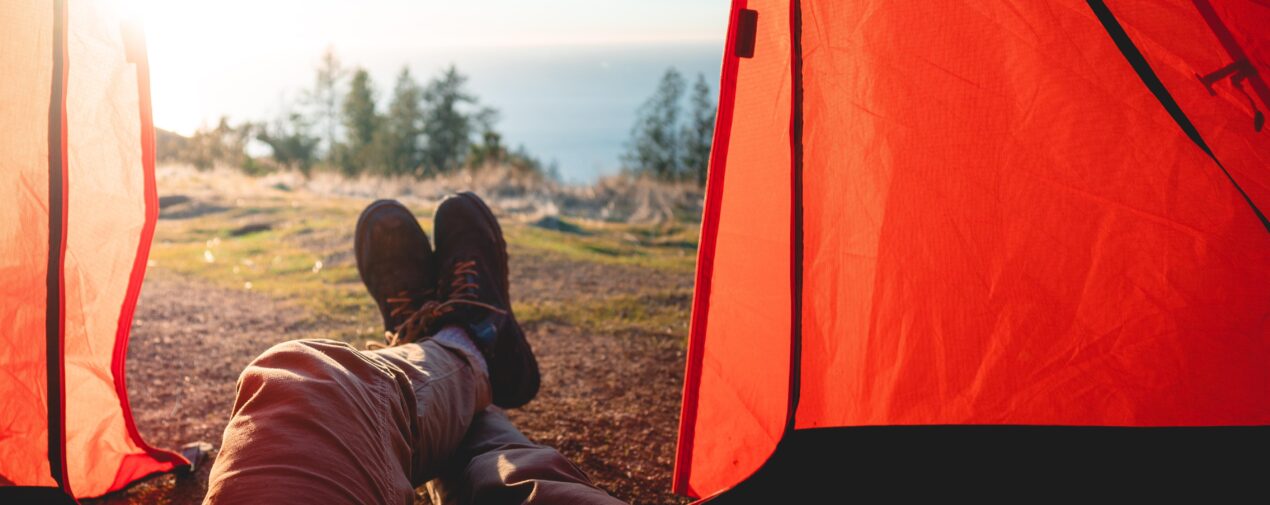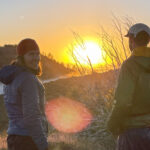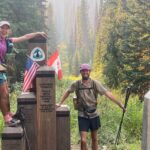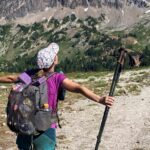So You Want to Thru-Hike the PCT?
Between the Mexican and Canadian borders, running through the states of California, Oregon, and Washington, lies one of the major long distance trails in the United States – the 2,650 mile Pacific Crest Trail. Every summer, the PCT attracts thousands of hikers who attempt to complete a thru-hike (the act of hiking an established end-to-end trail or long-distance trail with continuous footsteps in one direction) of the trail. This year, my wife Vee and I are two of those hopefuls who will soon be spending 4 to 5 months living out the “Dirtbag Dream”!
We will be starting out our NOBO (Northbound) adventure at the Mexico border in the neighboring town, Campo, California. From there, we will head north as we pass through a variety of ecosystems, including desert, old-growth forest, alpine-tundra, grassland, volcanic, and rainforest. The trail has five distinct sections: Southern, Central, and Northern California, followed by Oregon, and then finally, Washington. This article won’t be a step-by-step-by-step-by-step (you can see where I’m going with this) overview of our upcoming journey, instead it will provide some insight into the foundation and preparation that has gone into this trek! Hopefully it is helpful for any future PCT hikers.

How It Started
Inspired by her 2016 thru-hike of the John Muir Trail, Vee came to the conclusion that the PCT would be a must after having experienced the beauty of the Sierras and unforgettable experiences with the trail community. As for myself, I had given thought to the PCT while having heard about it on a 2014 thru-hike of the Long Trail (Vermont), although it wasn’t until a 2017 cross-country bike tour, which passed over the trail a couple of times, that I decided I required much more of the terrain I briefly dabbled in!
The Prep
Aside from endless hours spent simply being entranced by the idea of a PCT thru-hike, it wasn’t until the summer of 2020 that we decided to start making our fantasy a reality. The planning process certainly could have been completed in under a year, but seeing as a thru-hike can often entail a lot of life changes (e.g. transitioning housing, losing income/employment, acquiring insurance, obtaining gear, physically preparing, securing pet-care) we decided that more time wouldn’t hurt, so our research began!
A quick Google search of “How to prepare for the PCT,” can lead one to down an endless rabbit hole of gear, conditions, advice, resources, and trip reports. This is a rabbit hole that we inevitably found ourselves in, however we did find ourselves coming back to particular resources frequently. Here are some ways we found were helpful in gathering information:
- Halfway Anywhere: Taught us about past thru-hike statistics
- Reddit’s r/PacificCrestTrail: Allowed us to engage with past thru-hikers and gather information
- Reddit’s r/Ultralight: Aided us in lowering our pack weight
- “Journeys North: The Pacific Crest Trail” by Barney Scout Mann, provided excitement to stoke the thru-hiking fire
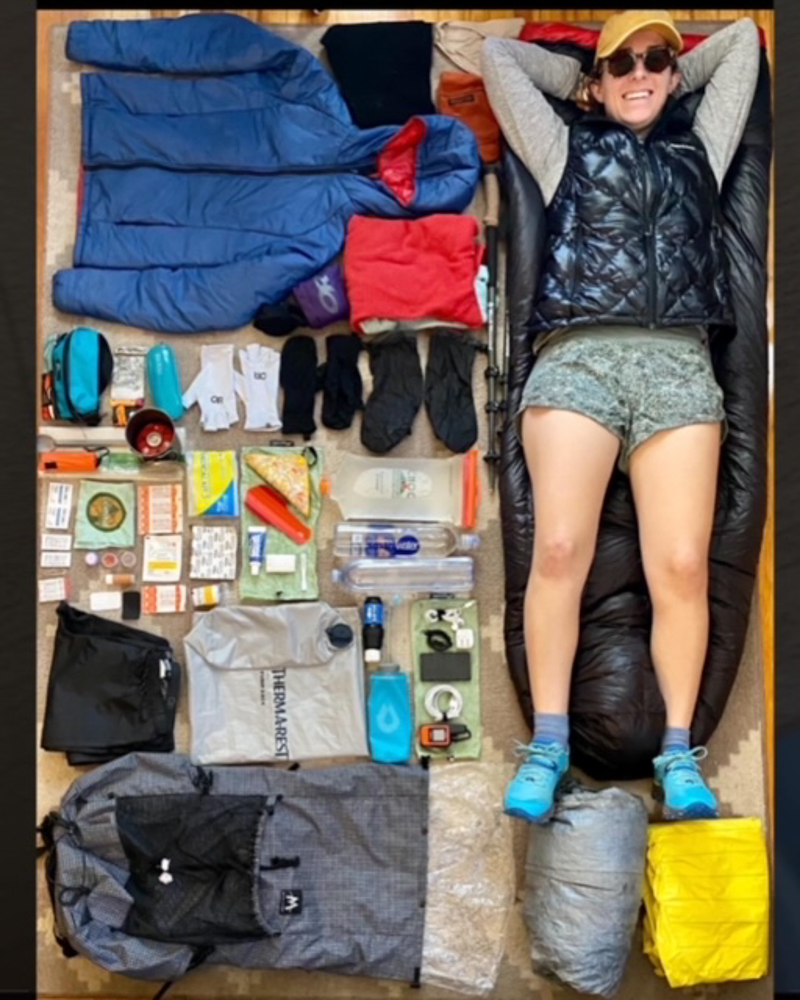
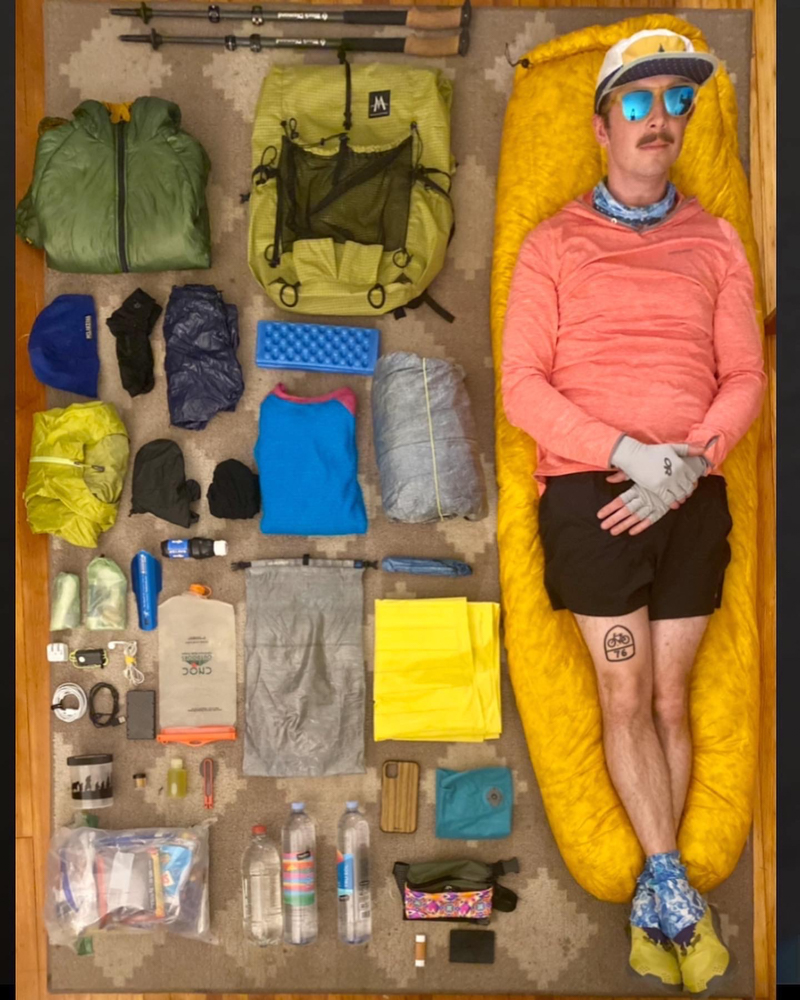
Logistics
Our first goal was to determine dog care. While thru-hiking can be done with your four legged companion, it is very demanding on both dog and owner, as well as the difficulty of dealing with the seven National Parks that the trail goes through which are not all pet-friendly. Having close friends or family that can care for your furry friend is truthfully the best route, and thankfully, my parents were quick to offer the temporary care. Once we had this solution, the dominos really started to fall, as we committed to ending our lease, informing our employers of our intent to depart, and began pinching pennies to ensure financial security. However, it’s not quite as simple as deciding on a leave date and being on our way.
Permits
One of the first steps is the PCTA (Pacific Crest Trail Association) long distance permit process. The thru-hike can be done using local permits, however, it can become a bit of a logistical nightmare to acquire them all, which is why the PCTA long distance permit is so highly desired. PCTA permits are released in two batches, typically through lotteries in:
- November: 35 permits per day are released out of 50 NOBO permits
- January: The remaining 15 NOBO permits are released for each day.
At the time of the permit lottery, applicants are placed in a queue to select available dates. We were lucky enough to both snag permits for the same day around mid/late April. The permit process truly is a “luck of the draw” operation, so having flexibility with your leave date, and being prepared to leave anytime between March 1st to May 31st for a Northbound journey is paramount. Between the time that hikers acquire their permit dates and their actual start date, some may have to cancel their plans, so openings can pop up on the PCTA webpage. Alternatively, if a potential thru-hiker was interested in piecing together the local permits needed to complete the thru-hike, California based Triple Crown Outfitters would have the best overview of the necessary information to do so!

Between the time that hikers acquire their permit dates and their actual start date, some may have to cancel their plans, so openings can pop up on the PCTA webpage. Alternatively, if a potential thru-hiker was interested in piecing together the local permits needed to complete the thru-hike, California based Triple Crown Outfitters would have the best overview of the necessary information to do so!
NOBO or SOBO?
Vee and I decided on a NOBO journey of the PCT which is mostly due to timing. Both directions have their pros and cons, so we have broken it down for anyone looking for some insight as to which direction they should hike:
| NOBO Pros | SOBO Pros |
| Earlier start dates (03/1 – 05/31) | Later start dates (6/15 – 7/31) |
| Potentially more social with more NOBO hikers | The possibility for less hikers and having the trail to yourself |
| Less risk for encountering thru-hike ending wildfires. | A much cooler temperature for the desert |
| Spring wildlife in SoCal and Autumn for Washington | Transportation at the Southern Terminus is easier to access. |
| NOBO Cons | SOBO Cons |
| The desert can be extremely hot | Higher risk of thru-hike ending wildfires due to the later start and increase in fires in recent years |
| Higher risk of entering the Sierras with high waters and snow | The weather window makes for successfully completing a thru hike is shorter (about 4.5 months) |
| More urgency to beat the start of snowfall in Washington | The terrain in Washington creates for a more challenging start |
| A more crowded trail experience at times | A less social experience |
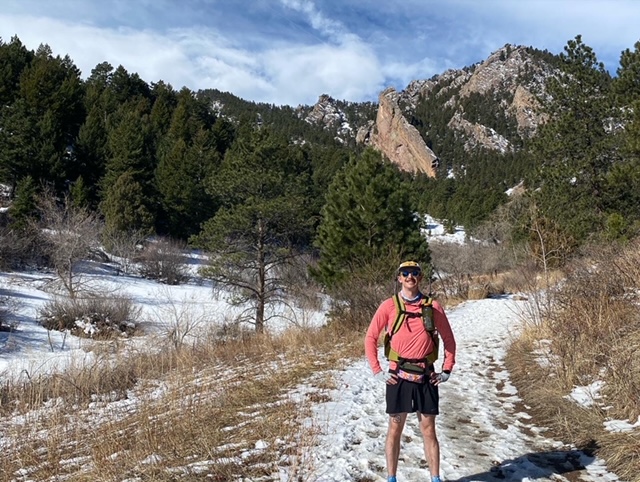
In recent years, a northbound journey has increasingly become the more feasible direction for successfully completing a thru hike. This is due to wildfires which can not only close sections of the trail, but entire states! However, despite having a desirable leave date for a NOBO thru-hike, weather is always a looming factor. A high snow year makes the Sierras more difficult to pass through, and a low snow year can mean greater and earlier risk of hike-ending wildfires, which can shut down large sections of the trail.
When it comes time to make adjustments for these unavoidable elements, these are our our go-to resources:
- PCT Water Report: A resource to better assess our options for water sources.
- Postholer: A website for keeping track of snow conditions before we enter the Sierras.
- FarOut: An app which serves as our main map for navigation and user-sourced updates.
- NatGeo maps: For more detailed navigation where conditions may make the trail more difficult to negotiate in particular sections.
Resupplying: To ship or not to ship
As another pre-hike consideration, there is also the subject of resupplies. With all of the excitement that builds before hitting the trail, there certainly can be a desire to plan out all of the resupply locations and start putting together boxes of tasty breakfasts, snacks, and dinners, however, you may want to consider holding off. While having a few boxes worth of food ready to be shipped can be a beneficial move, many hikers choose to acquire most, if not all, of their resupplies in neighboring towns off of the trail.

Why we plan to buy most food along the way vs. shipping resupply boxes:
- Your appetite can change: Those tasty peanut butter Clif Bars may not look as appetizing after a month.
- Getting to the post office: This isn’t always convenient, and depending on your ever-changing mileage, they may be closed!
- You can ship ahead on trail: When you do determine that a resupply box would be nice to have ahead, due to a pricey town or lack of resources, you can always pack a box in the town you’re resupplying in and ship it ahead.
Food
When it comes to the food that you choose to eat on trail, this can be an extremely personal choice. For example, while Vee enjoys a hot meal at the end of the day, I prefer cold-soaking my food. These options may appear to be significantly different approaches to meal selections, we do find that all of our favorite meals can still be found in your average trail town.
An example of my typical dinner choices include:
- Instant Mashed Potatoes
- Ramen
- Tuna Packets
- Cous-Cous
- Instant Stuffing
Alternatively, Vee would be more likely to buy:
- Rice sides
- Pasta sides
- Tortilla Wraps
- Freeze dried meals on occasion
Gear
The next step in our preparation was acquiring all of the necessary gear. Typically, an individual would start with a basic gear list and determine which equipment best suits their needs and the environments that they will encounter. While this is true for us, couples often share equipment to best take advantage of the weight savings. Ultimately, this is the gear that we decided to share:
- Tent – Zpacks Duplex: Some hikers sleep in alone, but can fit two.
- Tent Stakes – Zpacks 6” Sonic stakes: Carried by whoever is in possession of the tent.
- GPS Device – Garmin Inreach Mini: Allows us to stay in touch with family and offers an S.O.S. button for quick alerts for first responders and Search and Rescue.
We could’ve shared more equipment, but we have our own personal preferences and didn’t want to limit our individual independence. Beyond the items we choose to share or not, our methodology for our equipment choices are on the “ultralight” side of things. Our top tips for packing light include:
- Go light: Opt for the lightest equipment available.
- Eliminate redundancies: Dial in your clothing system to reduce unnecessary clothing.
- Multi-use items: A great example is using a stuff sack combined with clothing as your pillow.
- Trimming excess tags/straps/material: Consider even cutting down your toothbrush… Yes, even cutting grams can eventually lead to cutting ounces.
A great resource for tracking our pack weights and itemizing our gear is Lighterpack.com, which allows us to ensure that we are keeping our pack weight low.
Most hikers like to have a luxury item that makes the trek a bit more comfortable. These are ours:
- For myself: Sea to Summit Aeros Ultralight Pillow for better sleep.
- For Vee: Montbell Superior Down Vest for staying extra warm.
Physical
When it comes to the physical side of the prep, our approach is a combination of workouts addressing some of our physical weaknesses, including past IT band, knee and ankle issues, plus some yoga and stretching. Here are a few approaches that most folks tend to take:
- Little to no training, allowing the trail to develop their physical fortitude.
- Shorter backpacking routes
- Gym workouts
- Stair-master training
- Running
- Yoga and stretching

Mental
The last bit of prep is honestly the most difficult to prepare for, and that is the mental game. Even having experienced long distance thrus/tours in the past, knowing how the trail and distance will challenge you from a mental perspective is difficult to gauge and predict. Our technique for this subject is to first and foremost recognize and acknowledge that overall, this will be a bit of a sufferfest. There will be plenty of times when we will question, “Why are we doing this?”, and that we will need to break through our lows to reach new highs. As an added factor, while we have both dealt with these emotions on solo journeys, conquering these obstacles as a couple will be a big learning experience in and of itself. Knowing that our communication with one-another will be paramount is one of the best expectations we can give ourselves, which, let’s face it, is good practice for both on and off of the trail!
The Final Word
Preparation and planning certainly have their place within any journey, however, there is such a thing as “over-planning,” This is particularly true when it comes to an adventure as long in duration and distance as the Pacific Crest Trail. If you are thinking that you can plan out each and every day, tent site, or resupply, you would be sorely mistaken. Although we certainly do have some locations that we plan to hit, towns and pie-stands that we are excited to visit, and views that we are feverishly awaiting to take in, change is inevitable and adaptation is the cardinal rule. So, as my father would tell me, “Nothing left but to do the dang thing.”
Cover Photo by Will Truettner on Unsplash
About the Gear Tester
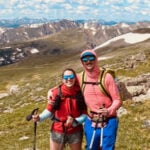
Tim Kennedy
Tim is thru-hiking the Pacific Crest Trail with his wife Vee. When he’s not hiking, he’s likely eating or sleeping, but off the trail you can find him running through the mountains, backcountry skiing or spectacularly failing at disc golf.

